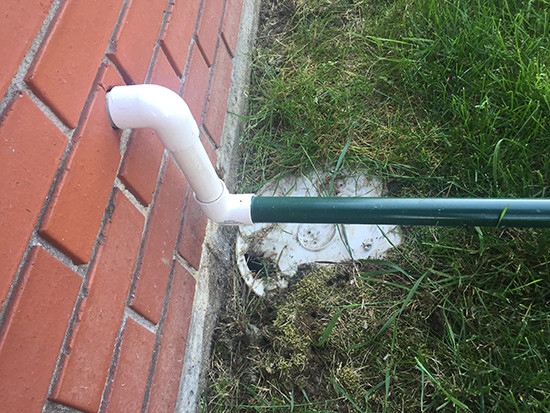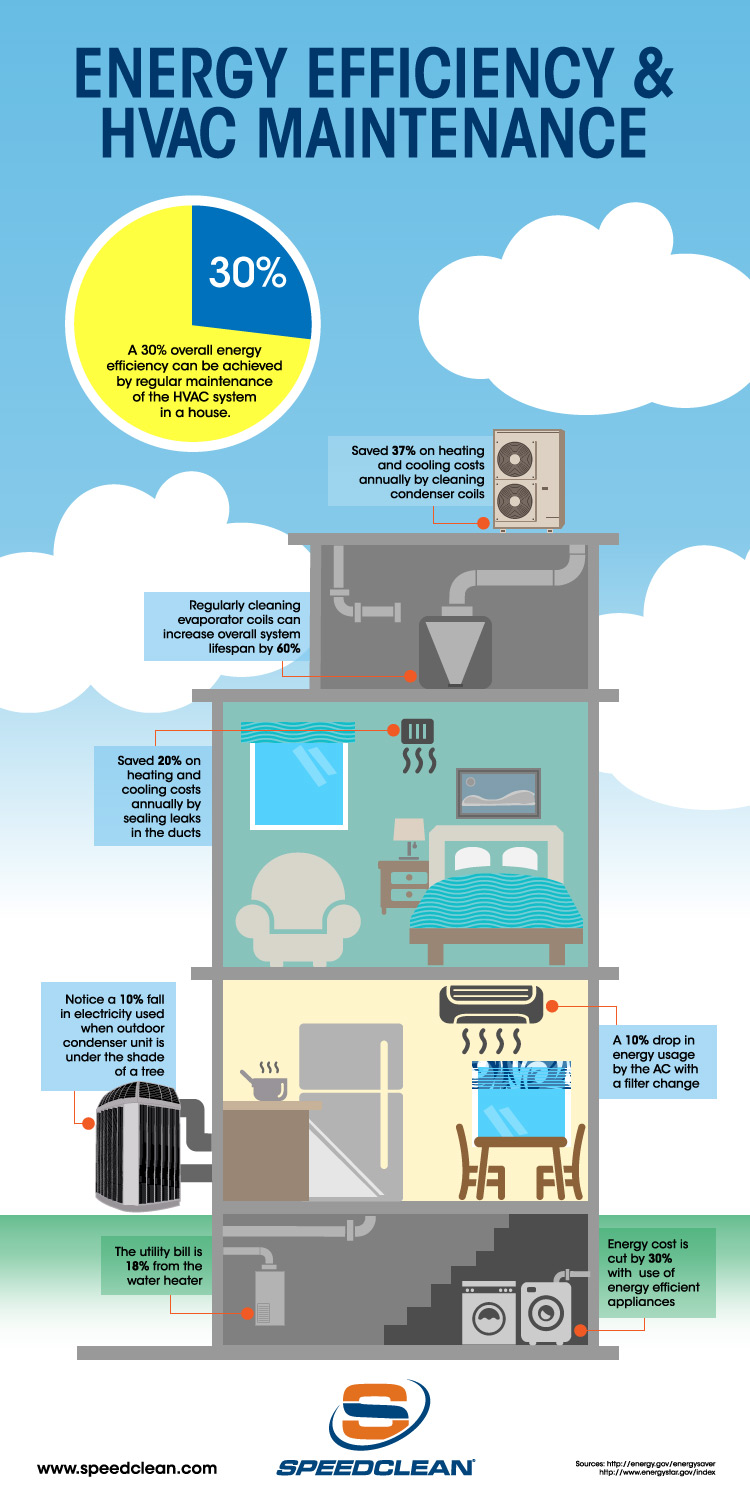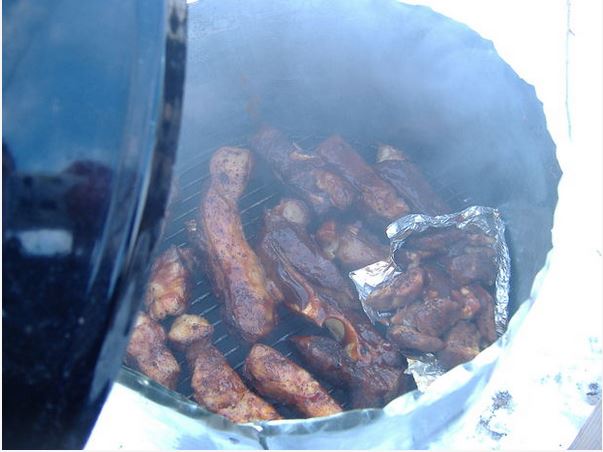Regular maintenance is particularly important for rooftop AC units – their remote location makes it harder to see and hear the signals that it’s time for a service call. Here are some universal tips for keeping rooftop units in peak operating condition:
Shut off all electrical power to the unit and tag the disconnect before beginning service. Sounds basic, but I had to include this – it’s your most important step.
CoilJet is perfect for rooftop AC unit coils
Inspect air filters and inlet screens. Clean or replace filters at the start of each cooling and heating season, at a minimum. Clean outdoor air inlet screens annually.
Inspect fan, housing and motor. Make sure fans are properly centered in their housing. Check blades for excessive rusting and for the chips, cracks and dirt buildup that cause noise and vibration. If motor bearings are not permanently lubricated, lubricate them every six months.
Inspect belts for wear, proper tension and pulley alignment. Fan belts are a regular wear and tear item and should be replaced annually.
Inspect the heat exchanger. If the heat exchanger rusts or cracks, gases could contaminate the building’s air supply. Inspect burners, igniter, and combustion section (gas heat only). Popping, roaring noises, smoking, vibration, and flame rollout indicate ignition problems. Check the gas pressure and test for leaks.
Clean the coils. Dirty coils diminish heat transfer and increase operating temperatures and pressures. Wash and flush both sides of the coils. For best results, back flush toward the return-air section to remove foreign material. Be careful not to overwhelm the condensate pan.
Clean drainage. Clogged drain channels prevent water and other liquids from effectively moving out of the unit which can in time cause damage to the unit and surrounding area.
Check the refrigerant charge. Before checking, run the unit for 15 minutes in the cooling mode to stabilize system pressure. If a substantial adjustment is indicated, check for refrigerant leaks or insufficient airflow across the coils.
Check for voltage imbalances. The Department of Energy recommends that voltage imbalances not exceed 1% – a greater imbalance can contribute to overheating and premature motor failure. Also check for loose wiring and connections, and corroded or frayed wires.
Conduct an amperage check. A high amperage draw could signal a mechanical problem, like worn bearings or worn rods, or it could indicate a refrigeration problem.
When you’re done, make sure all panels are fastened securely in place. Keep a bag of screws on hand to replace missing ones – use oversized screws for stripped holes.
Got any other tips? Leave us a comment.




Leave A Comment